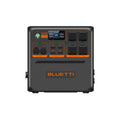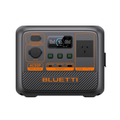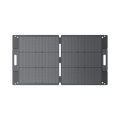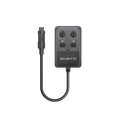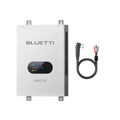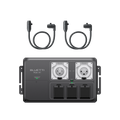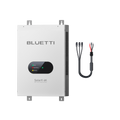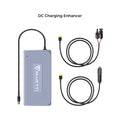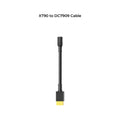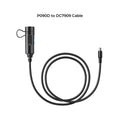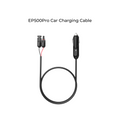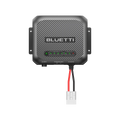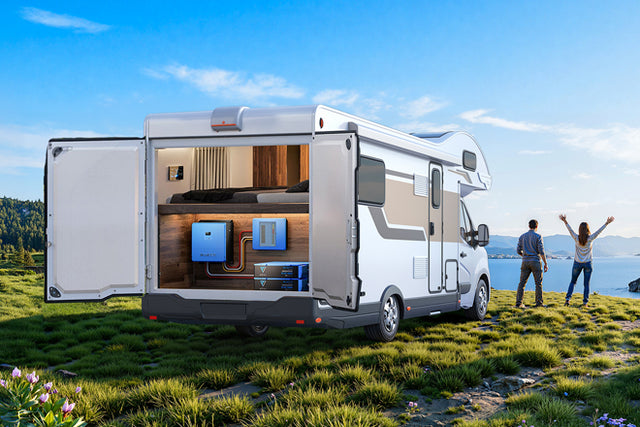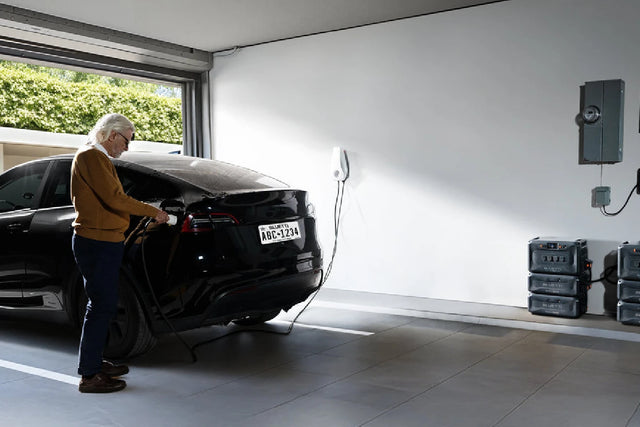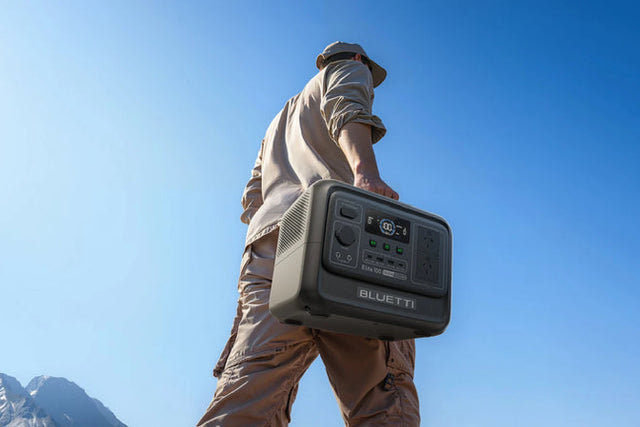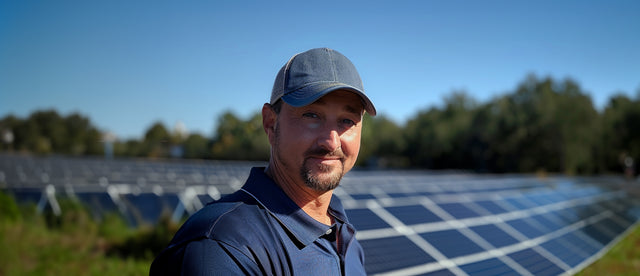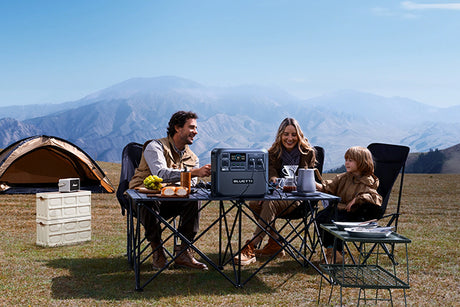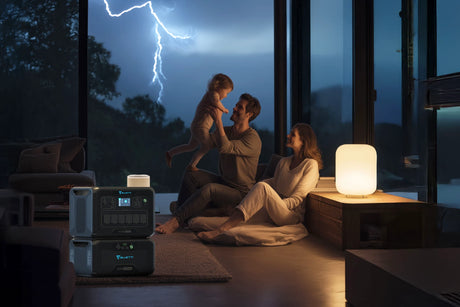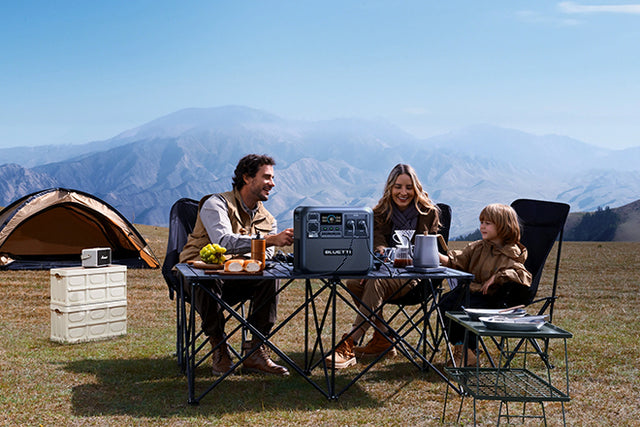South Australia (SA), with its picturesque landscapes, faces a recurring challenge: power outages. The state's power supply system is often disrupted due to issues like adverse weather conditions, equipment failures, network overloads, and human errors. In this article, we will delve into the background and causes of SA power outages, and explore various emergency backup power options. We will also provide detailed recommendations for BLUETTI products, ensuring that you can maintain normal life and business operations during power interruptions.
SA's Power Outage Background
South Australia is a state with stunning natural beauty, but its power supply system is susceptible to unique challenges. Renewable energy sources like wind and solar play a significant role in SA's power generation. However, the state's volatile weather often results in power supply disruptions. Past outage events have had significant impacts on residents and businesses, emphasizing the importance of backup power solutions.
Causes of SA Power Outages

Power outages in South Australia can be attributed to various factors, including:
1. Weather Conditions
Extreme weather conditions such as strong winds, lightning, and high temperatures frequently lead to power line damage and blackouts.
2. Equipment Failures
Equipment failures or aging infrastructure can also contribute to power interruptions, necessitating timely repairs or replacements.
3. Network Overloads
During peak demand periods, the power grid is susceptible to overloading, triggering blackout events.
4. Human Errors
Human errors, construction accidents, and traffic incidents can also disrupt the power supply.
Emergency Backup Power Options
To address the challenges posed by power outages in South Australia, consider the following emergency backup power options:
A. Portable Generators
Portable generators are cost-effective backup power solutions, especially for short-duration outages. They can be used in homes to power essential appliances like refrigerators, televisions, and lighting.
Recommended Product: BLUETTI AC200P

BLUETTI AC200P is a high-performance portable power station with the following features:
High Energy Reserve: With a capacity of 2000Wh, it can power most household appliances.
Multiple Output Ports: Includes AC outlets, USB, DC, and car cigarette lighter sockets, suitable for various devices.
Solar Charging: Can be charged using solar panels for sustainable energy supply.
Safety Features: Equipped with multiple safety features like short-circuit protection and overload protection.
Noiseless and Emission-Free: Environmentally friendly, generating no noise or emissions compared to traditional generators.
B. Solar Backup Battery
Solar backup power is a renewable energy solution suitable for prolonged power outages. These systems capture solar energy through solar panels and store it in batteries for use.
Recommended Product: BLUETTI B300
BLUETTI B300 is a high-capacity solar generator with the following features:
High Energy Storage: With a capacity of 3072Wh, it is suitable for homes and small businesses.
Efficient Charging: Can be charged via solar panels, car cigarette lighter sockets, or AC power sources.
Multiple Output Ports: Includes multiple AC outlets, USB ports, and DC interfaces for various devices.
Durability: Long battery life ensures reliable backup power.
C. UPS (Uninterruptible Power Supply) Systems
UPS systems are typically used to protect computers and network equipment but can also serve as home backup power sources. They provide power from built-in batteries during momentary power interruptions.
Recommended Product: BLUETTI EP500Pro

BLUETTI EP500Pro is a reliable UPS system with the following features:
High Load Capacity: Supports 3000W loads, suitable for various devices.
Short-Term Backup: Battery backup time can be adjusted based on the load to meet different needs. 3000W<load<3750W,2min. 3750W<load<4500W,5s. 4500W<load<6000W,500ms(peak 6000W)
Automatic Switching: Automatically switches to battery power during outages, ensuring uninterrupted operation.
D. Gas Generators
Gas generators are dependable backup power sources, especially for large homes and businesses. They use liquefied petroleum gas (LPG) or natural gas as fuel to provide continuous power.
Choosing the Right Backup Power Solution
Choosing the right backup power solution is a critical decision that should align with your specific requirements and financial considerations. Here's an expanded perspective on the factors you should weigh:
- Power Requirements: Begin by conducting a comprehensive assessment of your power needs. Identify the essential devices and appliances you must power during an outage. Consider their wattage or energy consumption to determine the capacity your backup power source should have. This step ensures you select a system that can adequately support your critical loads without overloading them.
- Budget: Your budget plays a significant role in your choice of backup power. Different solutions come with varying costs, both in terms of initial investment and long-term operational expenses. Portable generators are typically more budget-friendly upfront, while renewable energy systems like solar may have higher initial costs but lower long-term operating expenses. It's crucial to strike a balance between your budget constraints and the level of reliability you require from your backup power source.
- Climate and Environment: South Australia's climate conditions and the installation environment are pivotal factors. Consider whether your chosen backup power source is suitable for the local climate, particularly during extreme weather events. Additionally, assess the installation location, ensuring it meets safety and accessibility requirements. For example, solar panels should be oriented correctly to capture maximum sunlight, while generators need proper ventilation and soundproofing considerations.
By carefully evaluating these factors, you can make an informed decision that ensures your backup power solution meets your specific needs, fits your budget, and performs effectively under local conditions. This tailored approach enhances your preparedness for power outages in South Australia.
Installation and Maintenance
Installation and maintenance are critical aspects of ensuring the effectiveness and reliability of your chosen backup power source. Here's a more detailed breakdown of these essential tasks:

Installation:
Proper installation is the foundation of a dependable backup power system. Follow these guidelines:
- Manufacturer's Instructions: Adhere to the manufacturer's installation guidelines meticulously. This ensures that the system is set up correctly and safely.
- Professional Assistance: Consider engaging a licensed electrician or an expert in backup power installations. They have the experience and knowledge to install the system securely, minimizing the risk of errors.
- Location: Choose an appropriate location for your backup power equipment, considering factors like ventilation, accessibility, and proximity to the devices you intend to power.
Maintenance:
Regular maintenance is crucial for keeping your backup power system in optimal condition:
- Battery Health: Periodically check the status of your system's batteries. Ensure they are charged to the recommended levels to guarantee they are ready for use during power outages.
- Charging Systems: Inspect the charging components of your backup power system. Ensure that the charging sources, whether solar panels, generators, or grid connections, are functioning correctly.
- Testing: Regularly conduct system tests to verify that your backup power source operates as expected. This practice helps identify and address any issues before they become critical.
- Repairs: If you notice any problems during inspections or testing, address them promptly. It's advisable to have a maintenance plan that includes provisions for repairs and replacement of worn-out components.
By following these installation and maintenance practices diligently, you can ensure that your backup power system remains reliable, providing you with peace of mind during power outages. It's also a prudent way to extend the lifespan of your equipment, ultimately maximizing its value and effectiveness.
Dealing with Power Outages in Practice
Dealing with power outages effectively requires a well-thought-out plan and quick, decisive actions. Here are additional strategies to ensure that your life and business can continue to operate smoothly during power interruptions:
- Emergency Preparedness: Be proactive by creating an emergency preparedness kit. This kit should include essential items such as flashlights, batteries, a first-aid kit, non-perishable food, water, and any necessary medications. Having these supplies readily available can make a significant difference during extended outages.
- Prioritize Devices: Identify and prioritize critical devices and appliances. Connect your backup power equipment to these devices first to ensure that they remain operational. This might include essential home appliances, medical equipment, or crucial business systems.
- Communication: Establish a reliable communication plan. In addition to radios and mobile phones, consider other means of communication, such as two-way radios or satellite phones, which can be invaluable when traditional communication methods are disrupted. Keep a list of important contact numbers, including utility companies and emergency services.
- Backup Power Tests: Regularly test your backup power equipment to ensure it functions correctly. Familiarize yourself with the equipment's operation so that you can quickly start it when needed. Create a schedule for these tests to avoid unexpected issues during actual power outages.
- Evacuation Plan: Develop an evacuation plan for more prolonged or severe outages. Know where your nearest emergency shelter is located and plan how you'll get there. Ensure that your transportation options are in good working order, and always keep your gas tank at least half full.
- Community Support: Connect with your neighbors and community. Collaborate on resources, such as sharing backup power equipment or pooling supplies. A united approach to emergencies can be more effective and comforting.
- Stay Informed: Keep informed about the outage's progress and expected restoration times by monitoring local news and utility company updates. Knowledge of the situation can help you make informed decisions.
By incorporating these additional strategies into your outage response plan, you can better safeguard your well-being, whether at home or in your business. Preparedness and proactive measures are key to ensuring that you can weather power outages with minimal disruption.
Regulations and Permits
Adhering to South Australia's electricity regulations and securing the requisite permits and approvals is a vital step in the installation of backup power sources. Failure to do so can lead to legal and safety issues.
- Compliance: Ensure that your chosen backup power system complies with SA's electrical codes and standards. This includes safety protocols, proper wiring, and equipment specifications.
- Permitting: Check with local authorities and utility providers to determine if you need permits for installation. Permits help ensure that your system meets safety and environmental requirements.
- Professional Assistance: It's often advisable to seek the assistance of a licensed electrician or a professional who specializes in backup power installations. They can guide you through the permitting process and ensure your system meets all necessary regulations, promoting safety and reliability.
Cost Considerations
Cost considerations are paramount when evaluating backup power solutions. Here, we delve into the various aspects of cost associated with these systems:
- Initial Investment: The upfront cost of acquiring a backup power solution can vary significantly based on the type and capacity of the system. Portable generators are typically more budget-friendly, while solar and gas-powered systems may require a higher initial investment.
- Operating Costs: Different backup power sources come with varying operating costs. Portable generators, for instance, require fuel or recharging, which can accumulate expenses over time. Solar systems have minimal ongoing operating costs once installed.
- Maintenance Costs: Regular maintenance is crucial to ensure the reliability of backup power systems. This includes battery checks, system inspections, and occasionally, professional servicing. Maintenance costs should be factored into the overall budget.
- Long-Term Returns: It's essential to consider the long-term returns on your investment. While the initial cost may seem high for some systems, the potential for uninterrupted power supply during critical times, reduced downtime, and preserved business operations can outweigh the expenses over the system's lifespan.
Ultimately, your choice should strike a balance between your budget constraints and the level of reliability and sustainability you require from your backup power solution. Evaluating both short-term and long-term costs will help you make an informed decision that aligns with your needs and financial resources.
Final Thoughts
Power outages in South Australia can be disruptive, but by choosing suitable backup power solutions like BLUETTI products, you can ensure a stable power supply during critical moments. Whether you opt for portable generators, solar backup power, UPS systems, or gas generators, proper installation and regular maintenance are key to reliable power during times of need. Ongoing preparedness for power outages is essential to maintaining normalcy in both households and businesses.


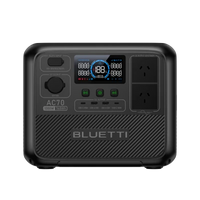
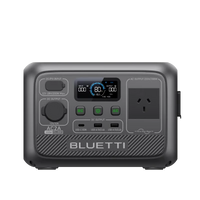
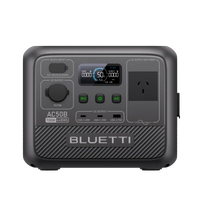

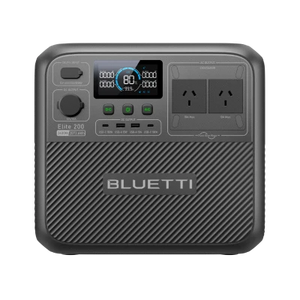
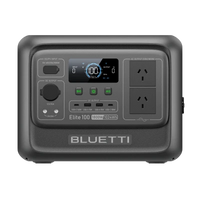
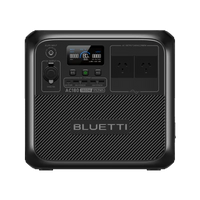
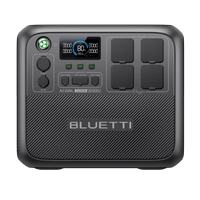
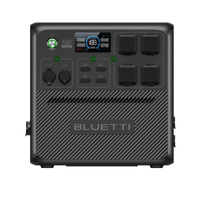
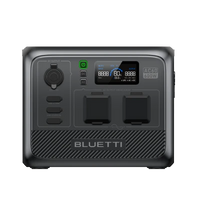
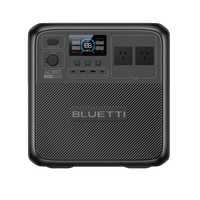


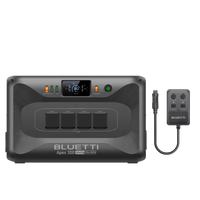

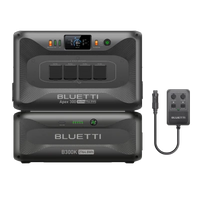
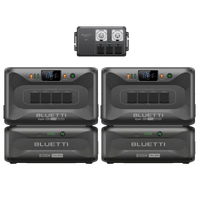
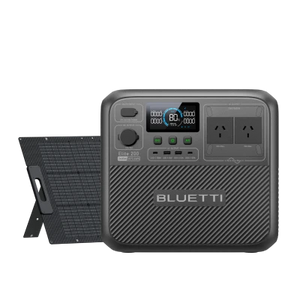
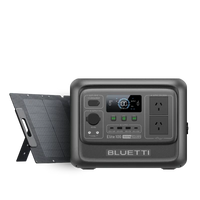
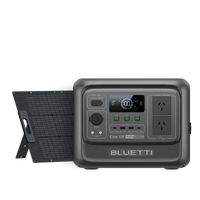
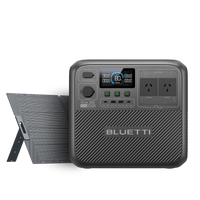
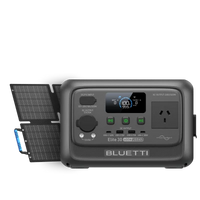
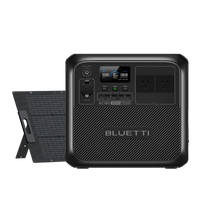
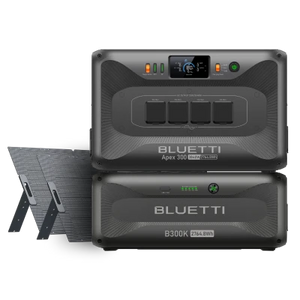
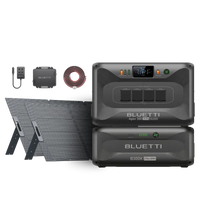


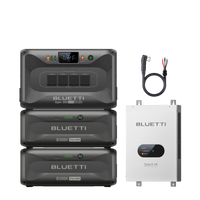


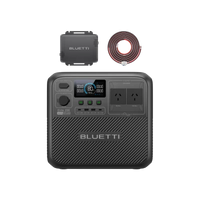
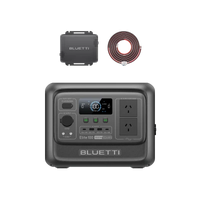
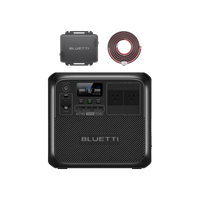
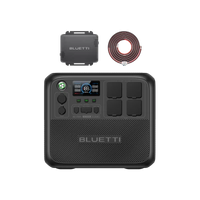
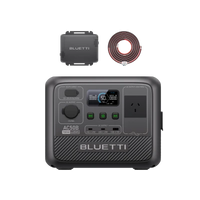
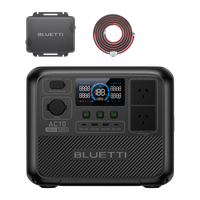



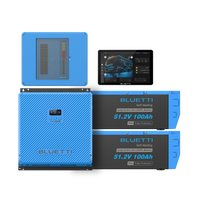
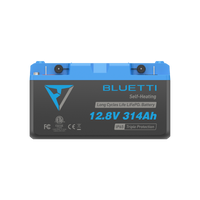
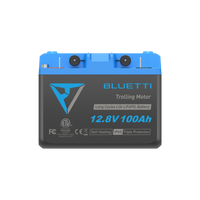
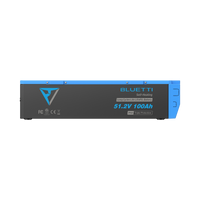

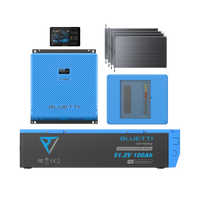
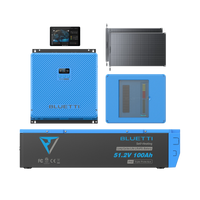
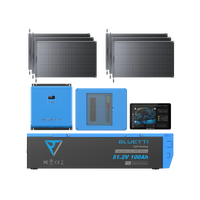




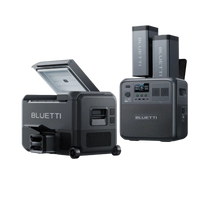
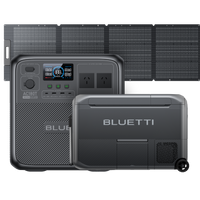


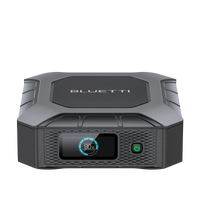


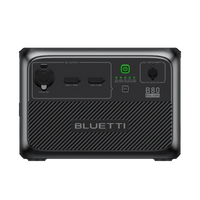


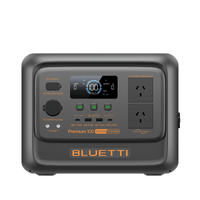
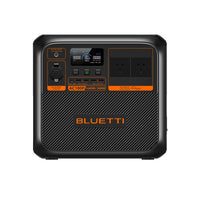

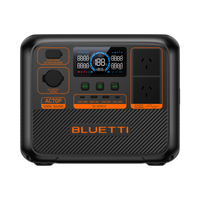
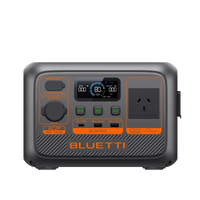

![[Phased Out] BLUETTI B80P Expansion Battery | 806Wh](http://www.bluettipower.com.au/cdn/shop/files/202310025B80P_2000-2000px_4_4caa0c1c-4dab-4272-9e9b-2b7507e5bd81.jpg?v=1713777870&width=200)
![[Phased Out] BLUETTI B210P Expansion Battery | 2,150Wh](http://www.bluettipower.com.au/cdn/shop/files/2_08cf9ef3-03a4-4489-b641-d3edb8094896.webp?v=1716016566&width=200)
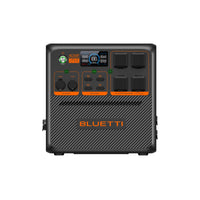
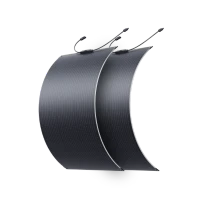
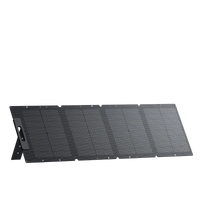
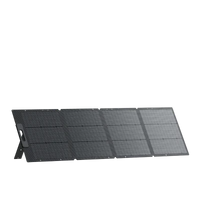
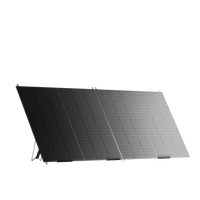

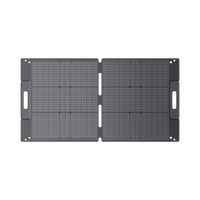

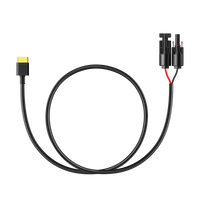
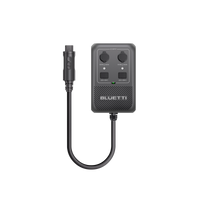
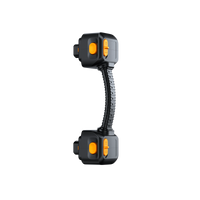
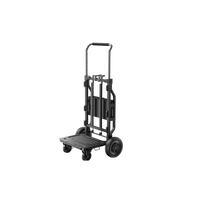
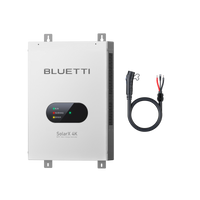
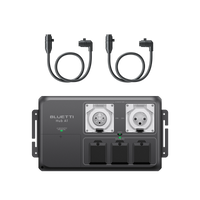
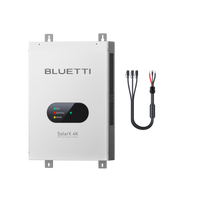
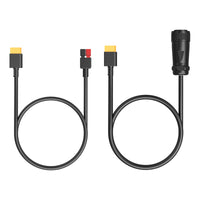
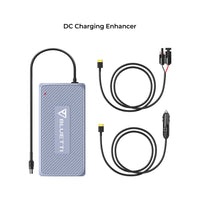

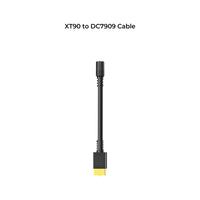
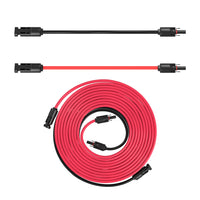
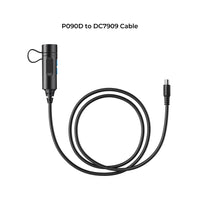
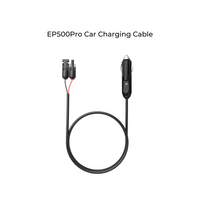
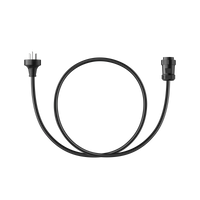
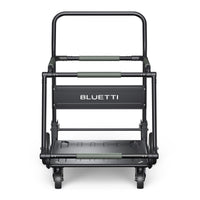

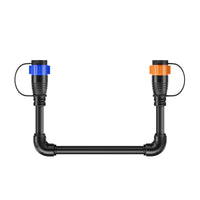



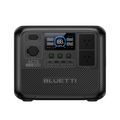
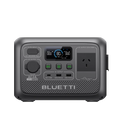
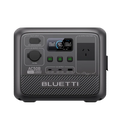


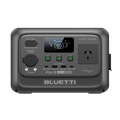
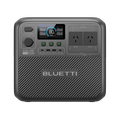
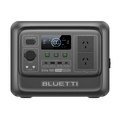
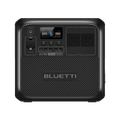

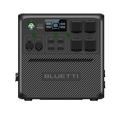
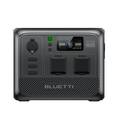
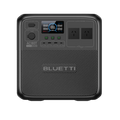


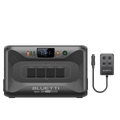

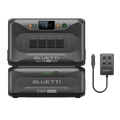
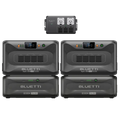




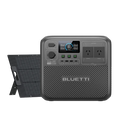
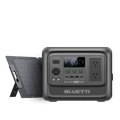
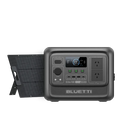
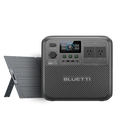
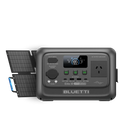
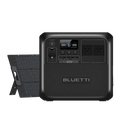
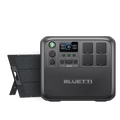
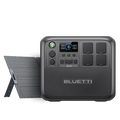




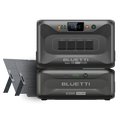

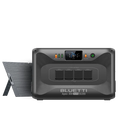
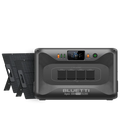
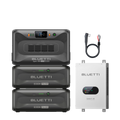



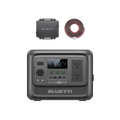
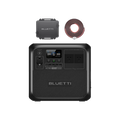


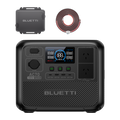

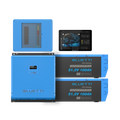












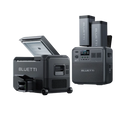










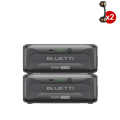
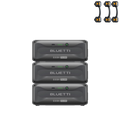





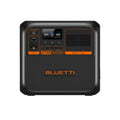


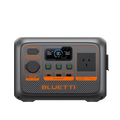

![[Phased Out] BLUETTI B80P Expansion Battery | 806Wh](http://www.bluettipower.com.au/cdn/shop/files/202310025B80P_2000-2000px_4_4caa0c1c-4dab-4272-9e9b-2b7507e5bd81.jpg?v=1713777870&width=120)
![[Phased Out] BLUETTI B210P Expansion Battery | 2,150Wh](http://www.bluettipower.com.au/cdn/shop/files/2_08cf9ef3-03a4-4489-b641-d3edb8094896.webp?v=1716016566&width=120)
